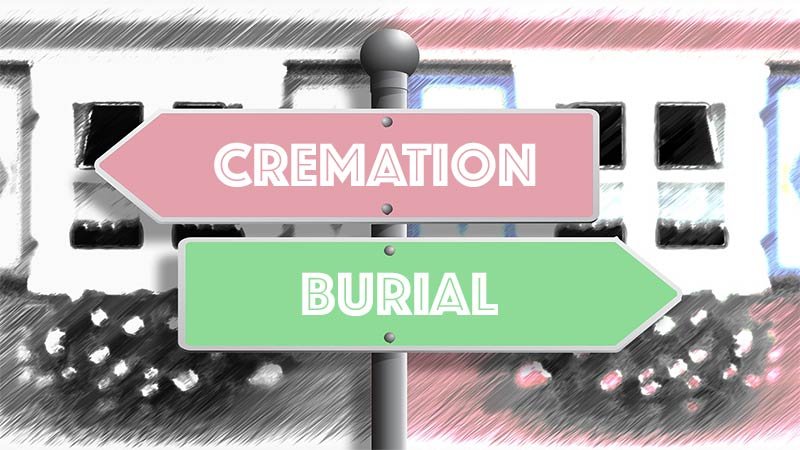Planning final arrangements can be an emotionally and financially overwhelming process. Understanding the funeral cost is essential for making informed decisions during this difficult time. Whether you’re considering a traditional funeral service or exploring more cost-effective options like direct burial or cremation, it’s crucial to know the expenses involved.
Funeral services can vary significantly, from the comprehensive traditional full-service burial to simpler, more affordable choices. In recent years, many families have shown a rising interest in direct cremation and direct burial due to their lower cremation costs and burial costs.
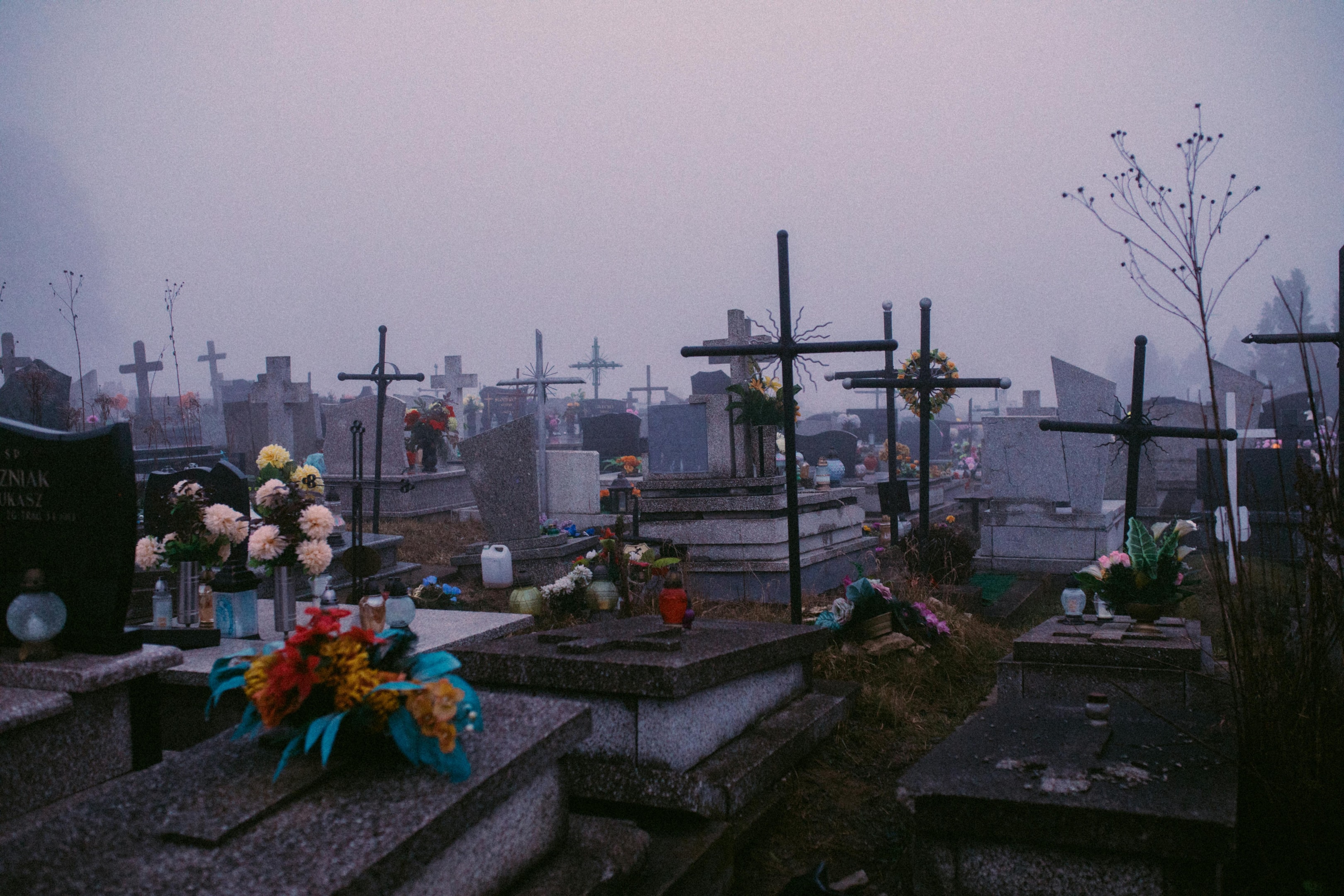
Breaking Down the Costs of Traditional Funeral Services
A traditional funeral service typically involves several components, each contributing to the overall funeral cost. This type of service usually includes the embalming of the body, a viewing or visitation, a formal funeral ceremony, and a burial. The funeral arrangements often require the expertise of a funeral director, who coordinates all aspects of the service to ensure everything runs smoothly.
The costs associated with a traditional full-service burial can be substantial. Depending on the funeral home, these services may include charges for body preparation, the use of the funeral home for the viewing and ceremony, and transportation to the cemetery.
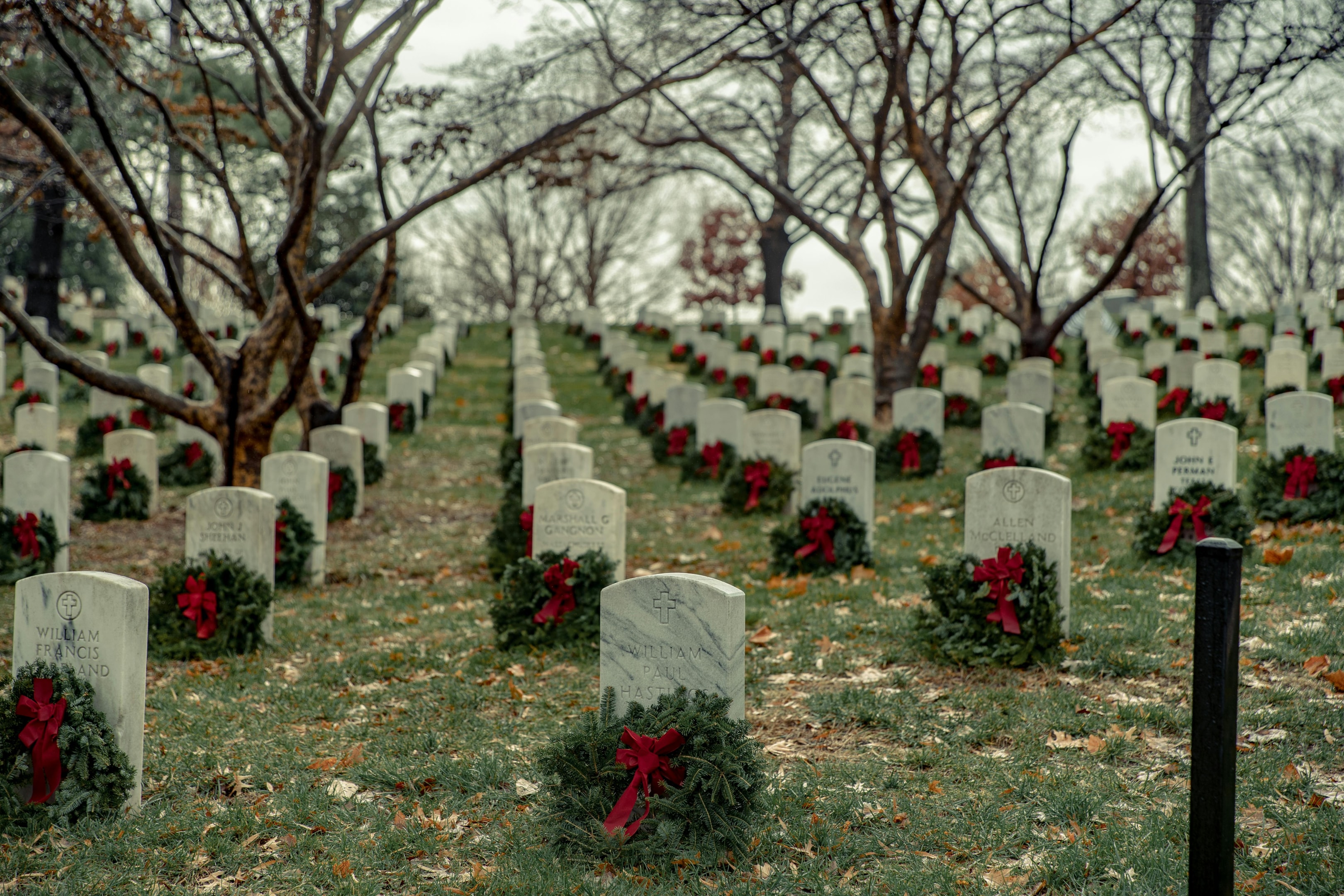
The choice of casket can also significantly influence the final cost, with more elaborate or expensive caskets driving up the price. Additionally, funeral ceremony fees, such as for clergy or musicians, and other associated expenses like flowers, can add to the overall cost.
Families should carefully consider all these factors when making funeral arrangements, as they contribute to the total funeral expenses. By understanding these costs, you can better plan and make informed decisions that align with your family’s wishes and budget.
Components of a Traditional Funeral
A traditional funeral includes several key elements that make up its structure and cost. These typically start with embalming the body to preserve it for the viewing. The viewing or visitation allows family and friends to pay their last respects, followed by a formal funeral service, often held at the funeral home or a place of worship.
After the service, a procession leads to the cemetery for the burial. Each of these components—embalming, viewing, funeral service, and burial—comes with its associated costs, contributing to the overall expenses of traditional funerals and burials.
Average Costs of a Traditional Burial
The average burial costs in a traditional funeral can vary widely, but they generally include the purchase of a burial plot, which can range from $1,000 to $4,000 depending on the location. Cemetery plot fees, along with cemetery fees for opening and closing the grave, add to the final cost.
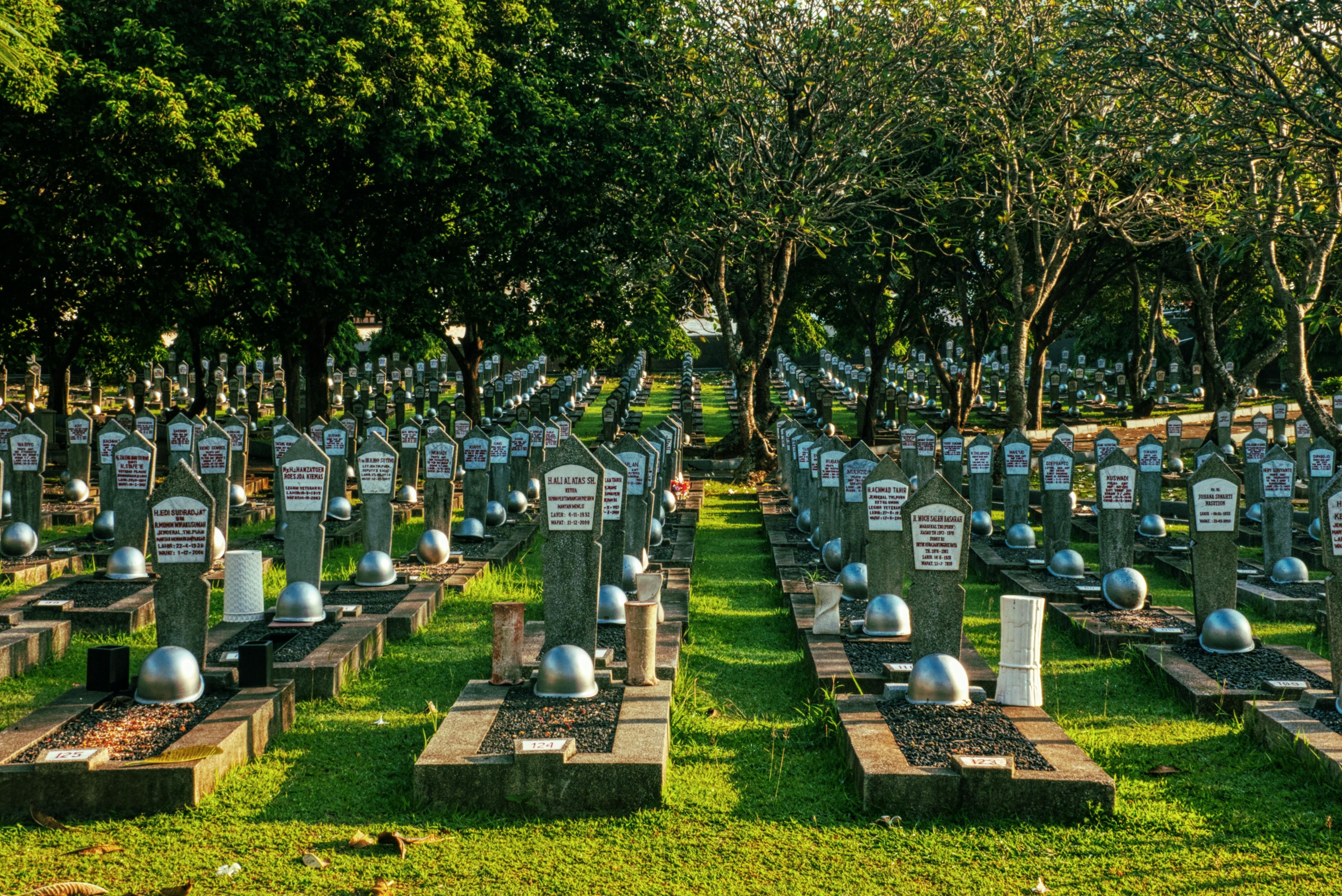
Additionally, the choice of casket, which can range from $2,000 to $10,000 or more, can significantly impact the overall expenses. When these costs are combined with other funeral services, the final cost of a traditional burial can easily exceed $10,000, making it one of the more expensive final arrangements options.
Direct Burial: A Cost-Effective Alternative
Direct burial is an increasingly popular option for families seeking a simple and cost-effective alternative to traditional burial services. Unlike a traditional funeral, direct burial does not require embalming, viewing, or an elaborate funeral ceremony, which significantly reduces the overall burial costs.
In a direct burial, the body is placed in a casket and buried shortly after death, typically within a day or two. This streamlined process eliminates many of the expenses associated with traditional burials, making it an appealing choice for those looking to minimize costs while still honoring their loved one’s wishes. Families who choose burial often find that direct burial offers a respectful and dignified way to handle final arrangements without the financial burden of additional services.
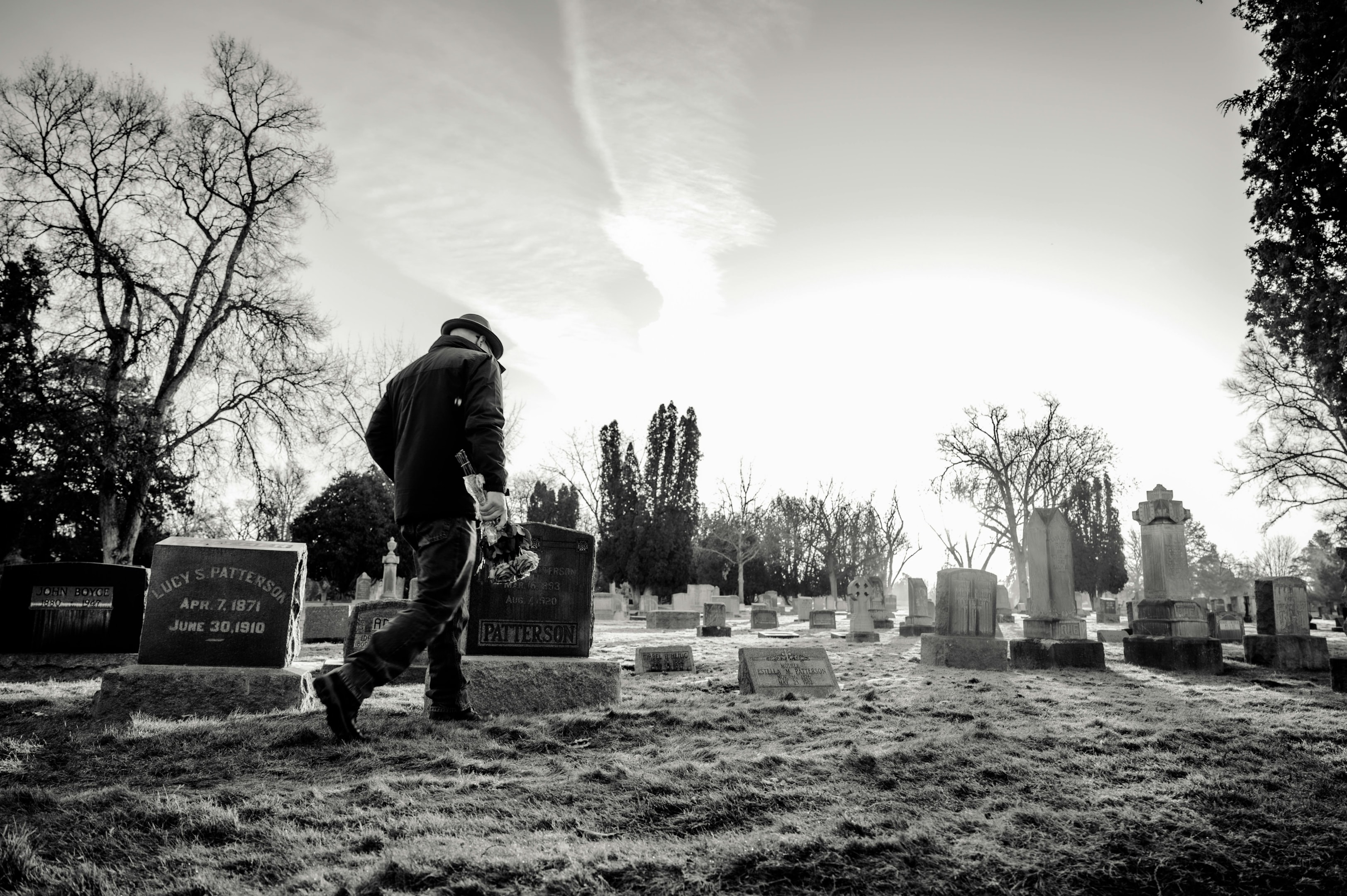
Why Choose Direct Burial?
Families might opt for direct burial over traditional burial for several reasons, with cost and simplicity being the most compelling factors. Direct burial allows for a quick and straightforward final disposition, respecting the family’s wishes without the need for a lengthy funeral process.
This option is particularly appealing to those who prefer a private, low-key approach or who wish to avoid the added emotional and financial stress of a traditional funeral. Direct burial meets the need for a respectful farewell while aligning with the family’s desire to keep the process simple and affordable.
Costs Associated with Direct Burial
The costs associated with direct burial are generally lower than those of traditional burial services. These burial costs typically include the purchase of a burial plot, which can vary depending on the cemetery’s location and size.
Additional expenses may include a basic casket and the necessary paperwork, such as obtaining a death certificate. Since direct burial skips the embalming process, viewing, and funeral ceremony, families can avoid many of the extra costs that traditional burials incur. Overall, direct burial provides a cost-effective solution that meets the essential requirements for a respectful and timely burial.
Direct Cremation: A More Affordable Option?
Direct cremation is a popular and affordable alternative to traditional funeral services and direct burial. As a simpler and less expensive option, direct cremation involves cremating the body shortly after death without a formal funeral service or viewing.
This process eliminates the need for embalming, expensive caskets, and other related funeral costs, making it a cost-effective choice for many families. The cremated remains are then returned to the family, who can choose to hold a memorial service at a later date or keep the ashes in an urn or other meaningful container.
The lower cremation costs associated with direct cremation make it an appealing option for those seeking a respectful, dignified final disposition without the financial burden of a traditional funeral. Families often choose direct cremation for its affordability, simplicity, and flexibility in memorial planning.
What is Direct Cremation?
Direct cremation services offer a straightforward and efficient process for handling a loved one’s final disposition. After the necessary paperwork is completed, the body is transported to a cremation provider, where it is placed in a cremation chamber. The cremation process involves reducing the body to ashes through intense heat.
Unlike traditional cremation, direct cremation skips the embalming, viewing, and funeral service, making it a quicker and more affordable option. The cremated remains are then returned to the family, who can decide on their final resting place or plan a memorial service at a later time.

Costs Associated with Direct Cremation
Direct cremation costs are significantly lower than those of traditional funeral services. The cost of cremation typically includes a basic services fee, which covers the essential tasks performed by the cremation provider, such as transportation and paperwork.
Additional expenses might include the fee for the cremation process itself and the return of the cremated remains to the family. The overall cremation rate is often much more affordable than other options, with the final cost depending on the specific services chosen and any additional fees, such as for an urn or memorial service held at a later date.
Comparing Costs: Direct Burial vs. Direct Cremation
When deciding between direct burial and direct cremation, understanding the funeral expenses involved is crucial. Both options are more affordable thantraditional funeral services, but there are notable differences in their specific costs that might impact a family’s decision.
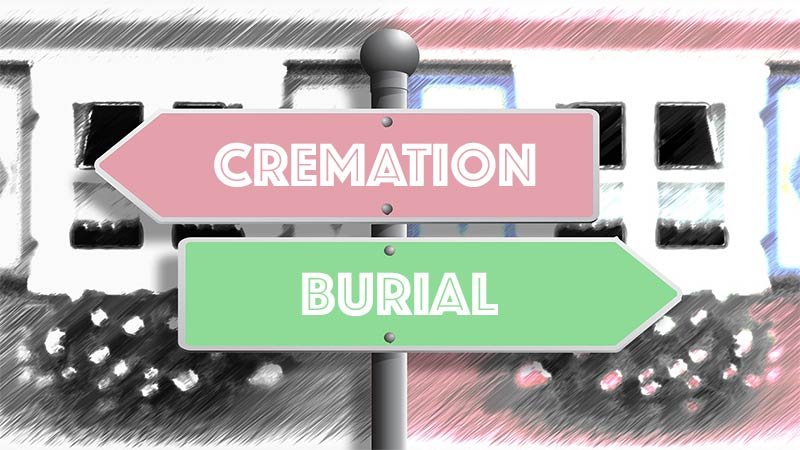
Direct burial typically involves costs such as the purchase of a burial plot, a basic casket, and cemetery fees. These expenses can vary depending on the cemetery’s location and the type of plot selected. Although direct burial is less expensive than a traditional funeral, it still tends to cost more than direct cremation due to the need for a burial plot and associated cemetery charges.
On the other hand, direct cremation usually has lower overall costs. The primary expenses include the cremation process itself, the cremation provider’s basic services fee, and the return of the cremated remains to the family. There is no need for a burial plot, which makes direct cremation a more cost-effective option in most cases.
Various price points for urns and memorial services can also be considered depending on the family’s preferences. Ultimately, the specific costs associated with each option, as well as the family’s financial situation and preferences, will guide the final decision.
Which Option Offers Better Value?
When comparing direct burial and direct cremation, direct cremation typically offers better value due to its lower upfront costs and fewer additional expenses. Families who choose cremation can avoid the higher costs associated with purchasing a burial plot and paying cemetery fees.
Direct cremation is often the most cost-effective option for families who want to minimize expenses while still providing a respectful and dignified final disposition. However, for those who prefer a traditional approach without the added costs of a full funeral service, direct burial remains a viable, though slightly more expensive, alternative.
Factors Influencing Your Decision
Choosing between direct burial and direct cremation depends on several factors, including family wishes, cultural practices, and budget. Family members should consider what aligns best with their loved one’s preferences and values when making final arrangements.
Cultural or religious beliefs may favor one option over the other, and the final cost will play a significant role in the decision-making process. Making an informed decision involves weighing these considerations and discussing them with other family members to ensure that the chosen option respects the deceased’s wishes while also being financially practical.
Making the Right Choice for Your Family
When deciding between burial and cremation, understanding the cost differences is key. Traditional burials tend to be more expensive, while direct cremation offers a more affordable and flexible option. Each choice has its unique advantages, depending on your family’s preferences and budget.
It’s important to take time to consider your options carefully and plan accordingly. At Best Funeral Homes Houston, we’re here to help you navigate these decisions with compassion and care. Contact us today for personalized assistance and to learn more about our funeral and cremation services.

